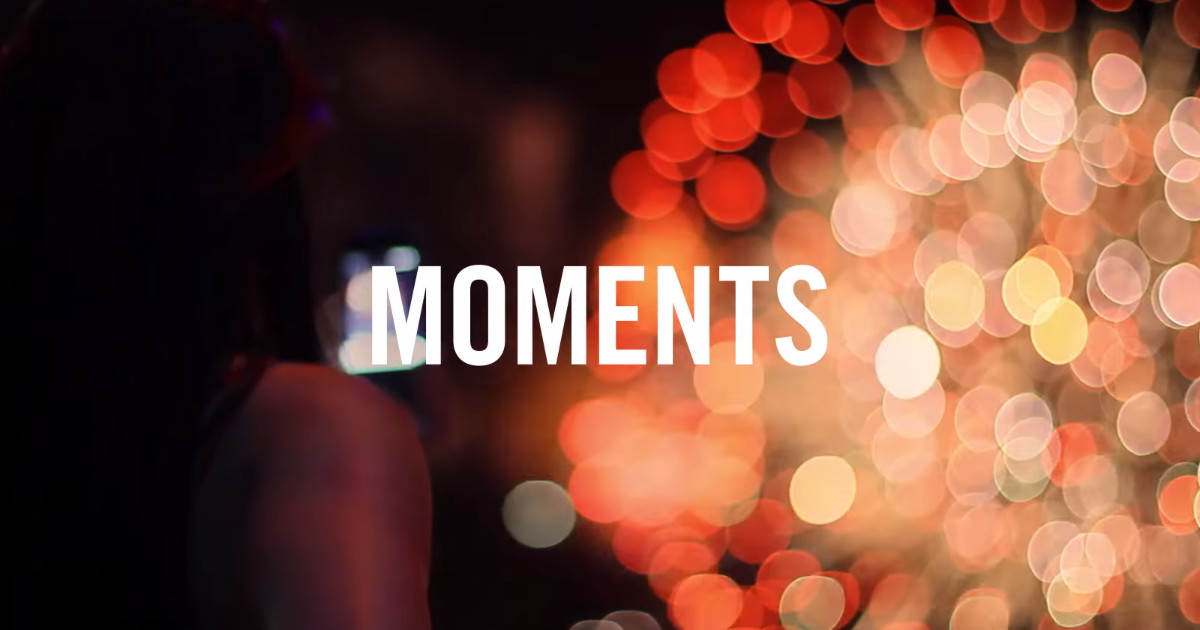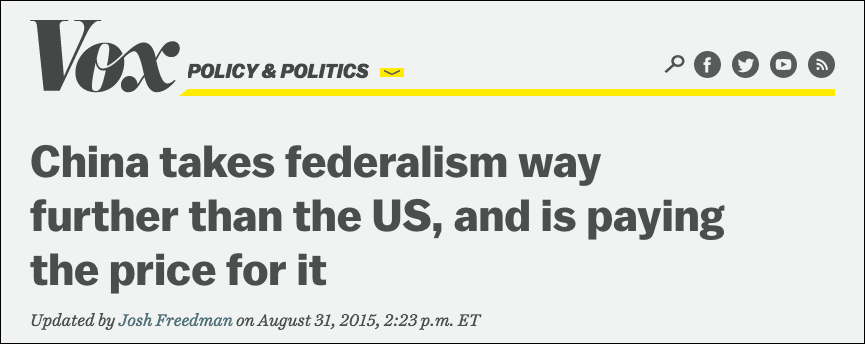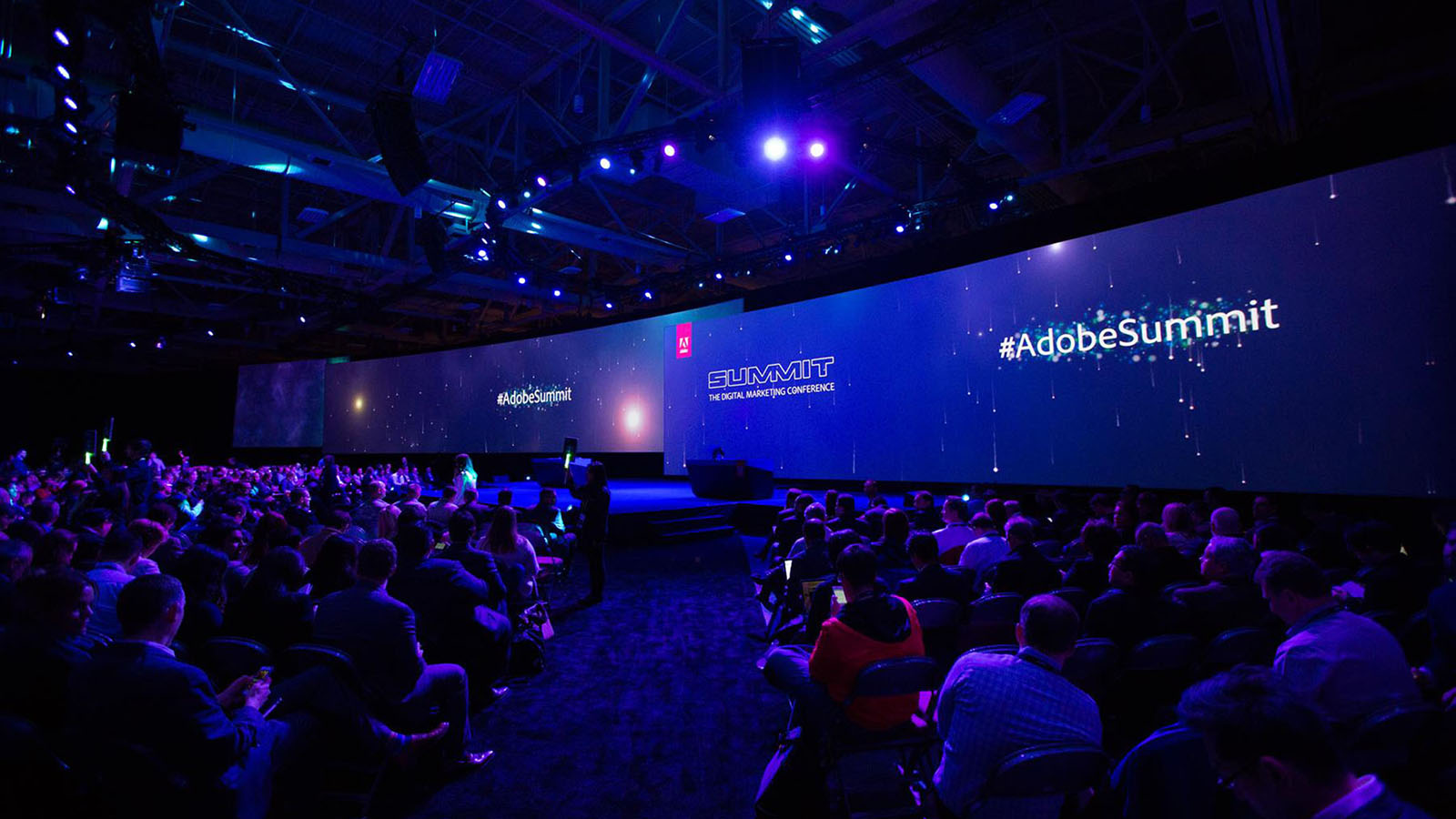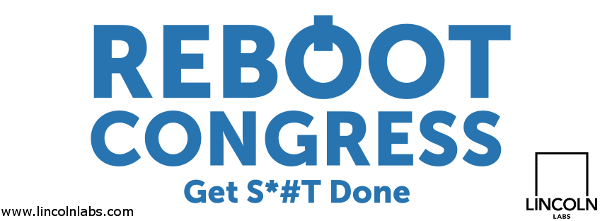Jane hears from a friend at work that a candidate she likes said something she disagrees with. Is it true? She wants to find out.
Luke heard a candidate interviewed on the radio on his drive to work and liked what he heard. He wants to find out more.
Neil is watching TV and scrolling through Facebook on his phone when he sees several friends posting about something that happened in the Middle East that he wasn’t aware of. What’s really going on? He’d like to find a quick read on the topic, but when this episode of House of Cards is over he’ll probably move on.
These are examples of micro-moments, and they are the new frontier for smart campaigns.
Campaigns have always been about rapid response. When consumer marketers got excited about “real-time marketing”, campaign communicators shrugged. Who doesn’t do that in the political world?
But micro-moments are more than rapid response. Most campaign communications are outbound, push messages. A micro-moment strategy is build on principles of inbound, pull messages.
For example, instead of Jane, Luke, or Neil getting an email from a campaign with the campaign’s message on the topic the campaign wants to talk about, they go search for information on a topic, and in that process find the campaign’s message on the topic that interests them. A micro-moment strategy is built around the needs of the individual and the information they are looking for.
Unfortunately, as is too often the case, Liberal special interests are exceptionally good at leveraging micro-moments. Consider the following headline from liberal news site Vox, who took the meltdown of Chinese markets as an opportunity to bash the very concept of federalism.
Overlooking the obvious factual inaccuracies in the Vox column, the lesson is a good one: leverage a micro-moment (US stocks in turmoil because of troubles in China) to advance an idea. A smart campaign in 2016 will build itself around meeting people where they are, delivering valuable content that people find interesting and engaging, and taking advantage of current events to create messages that advance the candidate’s appeal.
Here are six keys to effectively leveraging micro-moments:
1. Analytics
No campaign, even one 100% focused on a micro-moment strategy, has the bandwidth to meet every voter on exactly the issue they are interested in. That’s where analytics come in. Knowing who your target persuadable voters are, and then drilling into sentiment analysis of the topics they’re interested in, allows you to prioritize issues and topics of the most interest to them. There’s going to be a lot of chaff (please — no content on Cross Fit or fall fashions) but in that analysis, you’ll find the issues that present an opportunity for you to engage.
2. Content Creation
Email fundraising is out of control. Campaigns are hammering lists with incessant requests to “chip in” or “join the team.” They tell people who have never given a dime that they’re “among my most valuable supporters”. This is nonsense, sloppy and even worse, it’s lazy campaigning.
A smart campaign that wanted to break through would do something unique: create good content.
The heart of being able to engage people and start the process of them becoming supporters is good content. In all the lessons conservatives did learn from Obama’s 2012 campaign about data and technology, they missed the fact that Obama’s campaign was incredibly great at creating content. Their blog posts and emails were friendly, enjoyable and relevant. They created content that sounded less like bombastic rhetoric written by a cracked out gerbil and more like a letter to a friend. Their content had a steady, confident, warm feel.
A smart campaign in 2016 hires at least one or two dedicated content creators who essentially become on-staff reporters. What do they write about? Here’s a few ideas:
- The people who attend rallies
- Issues surfaced from the campaign’s analytics (see key #1)
- The candidate’s family
- Campaign supporters
- Issues in the news
In short, take a novel approach and write about things people find interesting. It is the heart of being able to take advantage of micro-moments.
3. Search Engine Marketing
Google is not dead, far from it. If someone is going to search on a topic, your campaign needs to be there with an ad directing them to your content on that topic. Effective search engine marketing takes time and effort, but it’s the single best way to take the content you’ve created and get it to people who could be persuaded to support your campaign.
4. Facebook Advertising
I still say Facebook advertising is the smartest dollar in advertising today. Target ads to people in a specific geographic location who have an interest in a topic you’ve written about. Boost posts and see what the results look like. Test and measure, then adapt.
5. Online Video
Text-based content is the easiest to create and get in front of people, but creating online video is easier than ever. Buy a lavalier mic for your iPhone on Amazon and shoot videos on your iPhone. A Joby GripTight with a tripod will give you a stable picture. To dress it up, have a professional video firm create bumpers that you can add to the beginning and end using free video editing software like iMovie.
What do you create videos about? Easy video content includes:
- The candidate’s view on important topics (driven by analytics, of course).
- Candidate speeches
- Interviews with supporters
- Campaign staff on important topics
The keys to effective campaign videos are two-fold. First, they have to actually offer relevant content that’s of interest to people who are interested in the given topic. Second, they must be authentic and reinforce the candidate as a trusted messenger on that topic. Piece of cake, right?
6. Social Media
I hesitate to offer this suggestion because campaigns just love to hammer people with messages. But if used with a deft touch, engaging people on social media can be a very effective tactic.
For example, if someone tweets “What is going on with ISIS? This is a mess.” a smart campaign would reply and say “@twitterperson, you’re absolutely right. We were just talking about the right strategy to deal with ISIS. Check it out here: {link}”.
This reply would need to be respectful, casual, and relevant. But done well, it helps build a relationship with the candidate, and that’s ultimately the goal of all of this.
Twitter advertising is another tool to position relevant content from your campaign in front of people who are interested in that topic.
Micro-Moments matter. Smart campaigns will position themselves to take advantage of them. Building relationships over time through smart analytics, relevant content and well-targeted, well-crafted advertising will deliver exponential results.
To drive home the power of micro-moments, check out this video below from Google, who has become one of the world’s most valuable companies by orienting their products to serve micro-moments. It’s a strategy worth emulating.
https://www.youtube.com/watch?v=_agOmV4uihk





